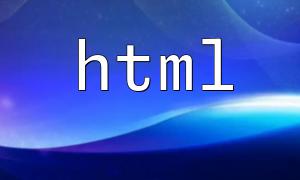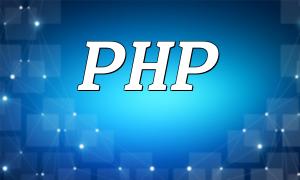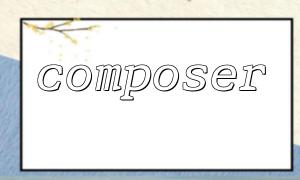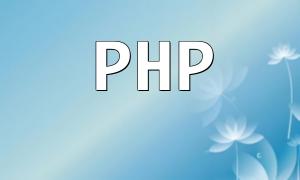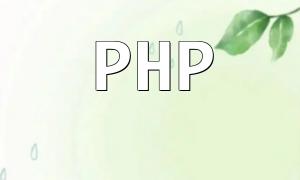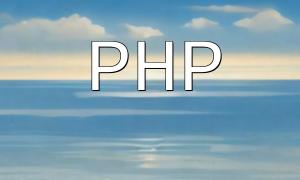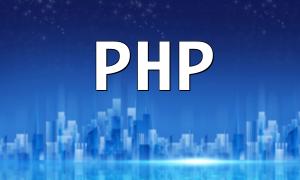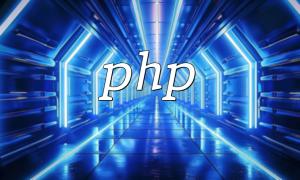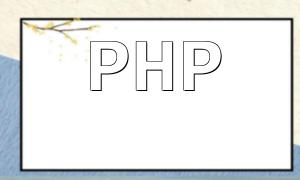As internet technology continues to evolve, website performance optimization has become a major focus for developers and site owners. Among various optimization techniques, PHP static caching is widely used for its significant performance improvement. This article will delve into the principles of PHP static caching technology, its implementation methods, pros and cons, and provide code examples to help readers better understand and apply this technology.
The core principle of PHP static caching technology is to convert dynamically generated page content into static HTML files, which are then stored on the server. When users visit the page, the server directly serves the static file, eliminating the need to regenerate the page every time a request is made. This greatly improves website response speed and reduces the server load, enhancing the website's ability to handle concurrent traffic.
Global static caching refers to converting the entire website or most pages into static pages. This method is suitable for websites with low content update frequency, significantly boosting page load speed. Here’s an example of how to implement global static caching using PHP:
<?php
ob_start();
// Write dynamic page content
$content = ob_get_contents();
ob_end_clean();
$fp = fopen('static/index.html', 'w');
fwrite($fp, $content);
fclose($fp);
?>
Partial static caching refers to caching only the frequently changing parts of a page to improve loading efficiency. For example, on an article page, only the article content is cached, while the comments section is kept dynamic. Here's an example of implementing partial static caching:
<?php
ob_start();
// Write dynamic page content
$content = ob_get_contents();
ob_end_clean();
$fp = fopen('static/article.html', 'w');
fwrite($fp, $content);
fclose($fp);
?>
With the information presented in this article, readers should now have a deeper understanding of PHP static caching technology. This technique is an effective method for optimizing website performance, but it is important to choose the appropriate caching strategy based on specific needs and to regularly update the static pages. Through the code examples provided, developers can better leverage PHP static caching to optimize their websites, improving user experience.
